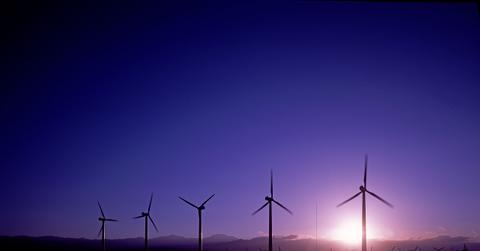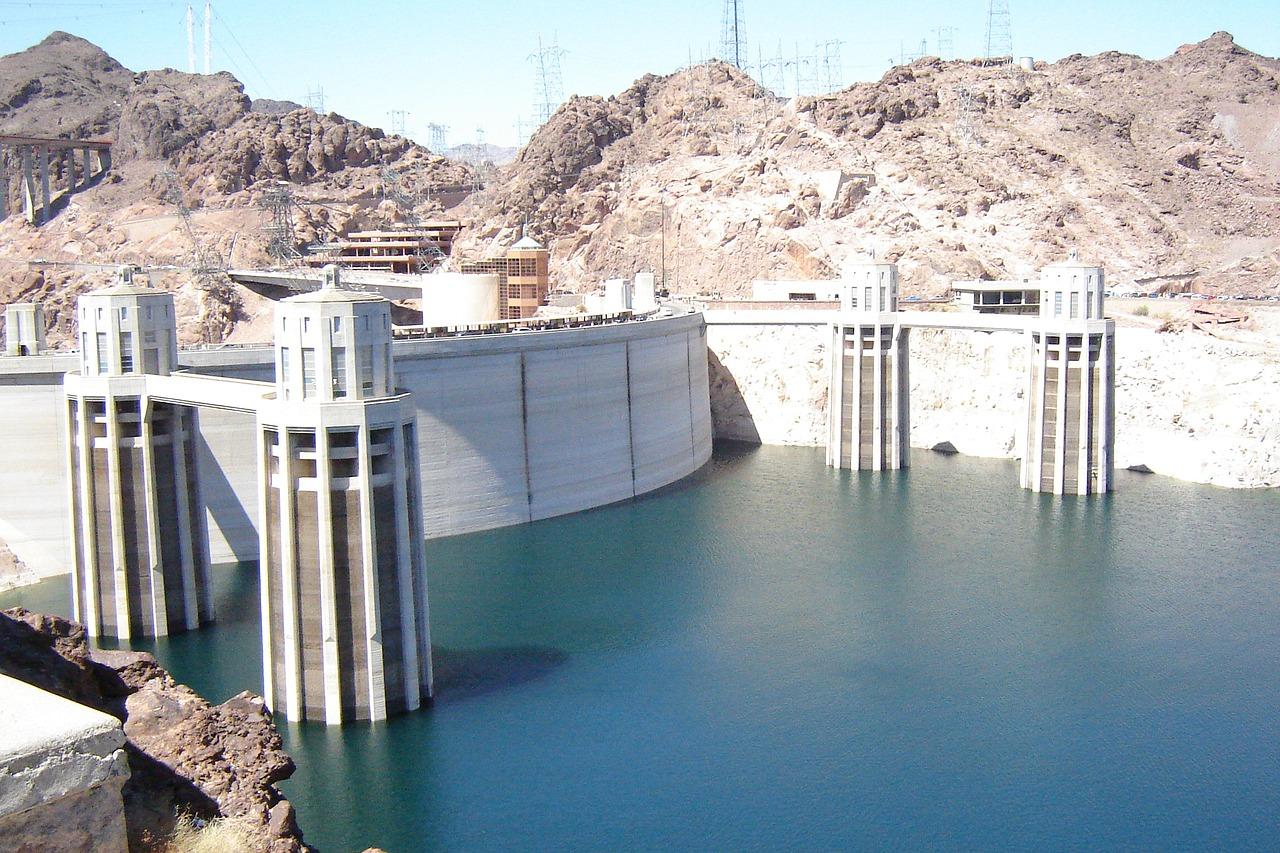California Breaks Renewable Energy Record
California hit another milestone by getting 67.2 percent of the state's energy from renewables, not including hydropower or rooftop solar arrays. It's an improvement of over 10 percent from the old record and it will only get bigger.
Updated May 21 2019, 4:40 p.m. ET
Renewable energy use continues to grow throughout the world. Germany recently set a new record of generating 85% of their energy from sustainable sources and Switzerland will be putting the kibosh on creating any more nuclear plants. The state of California joins the surge of success by smashing its energy records and reaching 67.2 percent of its energy from renewables, not including hydropower or rooftop solar arrays, on May 13th.
Based on daily charts from the California Independent System Operator (CISO), 67.2 percent came from renewable sources such as solar, wind, and biomass. When you add hydroelectric power with an additional 13.5 percent, the percentage of energy usage gets bumped up to 80.7 total. The prior record of renewables (not including hydro) was at 56.7 percent back on March 11th.
Wind power ended up getting the biggest generation of just over 87,000 megawatt hours. Solar came in just shy at second, but it generated nearly twice as much as wind at the same time. Adding in small hydro, biogas, biomass, and geothermal sources, the entire production came in at 224,256 megawatt hours. Roughly 535,000 megawatt hours are needed to meet California demands.
Why is hydropower not considered a renewable resource in California? Recent droughts play a major factor in that. Small hydroelectric operations fit the bill, but there’s more of a focus on the other renewables as the state ramps up their mandating of renewable energy usage. In three years, 33 percent of California’s energy generation must come from sustainable sources.
Reaching those expectations may not be a problem even with hydropower not in the mix. Steven Greenlee, a spokesperson for the CISO, told SFGate that “solar records in particular are falling like dominoes.” Based on weather projections for the summer, that renewable percentage can definitely “cross the 70 percent threshold.” Almanac projects that the summer will be extremely hot and paves the way for lots of sunshine. There will also be more rainfall later in the summer and through the early fall months.
Industries inside California are continuing to push the movement into renewable energy. Pacific Gas & Electric announced on Tuesday that it was in the process of creating eight solar projects with a capacity of 53 megawatts to prepare for their “Solar Choice program.” Because of this, costs have also gone down for residential and business customers by as much as 50 percent.
Vice president Aaron Johnson said in a report from PV-Tech that it was “a win for our customers and a win for the state’s ambitious clean energy goals.” PG&E also operates smaller hydro plants alongside Southern California Edison and Sacramento Municipal Utility District.
The state’s ambition isn’t a singular movement in the United States. Chicago mayor Rahm Emanuel announced in April that all buildings owned by the city will make the switch to 100 percent renewable energy by 2025. They already removed the one billion kilowatt hours it used from coal four years ago. At the same time, 913 solar panels were installed along rooftop gardens at the Shedd Aquarium.

